Mumbai: Where Dreams Don't Die
Synopsis
One of India’s finest photojournalists, Raghu Rai started shooting Mumbai nearly 40 years ago from 1970 onwards. Over the years, he captured important occasions, festivals, demonstrations and special moments from the everyday life of ordinary people. It was a varied and mixed experience of the rich, the famous, the ordinary and the commonplace.
For Raghu Rai, Mumbai has been like a mini New York the business hub of an over crowded nation; a cultural melting pot overflowing with job seekers, dreamers and dynamic businessmen with a high level of energy almost always palpable in a city wrought with social, cultural, religious and political tensions; and a metropolis that, like Kolkata, had been photographed extensively since the 1850s by some of the finest photographers in the world.
The tragic 26/11 attach on Mumbai brought the historic city to the forefront of every Indian’s attention. As a befitting tribute to the city, Raghu Rai decided to put together a personal record of how it was spread its wings, tentacles and roots in every direction over the last few decades.
Renowned journalist, columnist, TV interviewer, food writer and more, Vir Sanghvi notes in a brilliant and moving introduction to this invaluable photo history of a city, of the lives of those millions for whom Mumbai will always be a city where dreams never die: Few modern cities can owe as much to those who came from other places the so called outsiders as Bombay. In some sense, nearly everybody who lives in the city is an outsider, or belongs to a family that was once regarded as being outsiders. And yet, without these outsiders, Bombay would be nothing.
The genius of Raghu lies in the way film stars and salarymen, all seem to fit seamlessly into his Bombay. Nothing jars. Nothing seems out of place. The statues at Elephanta, the slums at Dharavi and the lights outside the Taj Mahal Hotel, all seem an integral part of the same city.
So while the film stars and the tycoons will come and go, Raghu knows that Bombay, by whatever name you choose to call it will go on forever.
Read more
For Raghu Rai, Mumbai has been like a mini New York the business hub of an over crowded nation; a cultural melting pot overflowing with job seekers, dreamers and dynamic businessmen with a high level of energy almost always palpable in a city wrought with social, cultural, religious and political tensions; and a metropolis that, like Kolkata, had been photographed extensively since the 1850s by some of the finest photographers in the world.
The tragic 26/11 attach on Mumbai brought the historic city to the forefront of every Indian’s attention. As a befitting tribute to the city, Raghu Rai decided to put together a personal record of how it was spread its wings, tentacles and roots in every direction over the last few decades.
Renowned journalist, columnist, TV interviewer, food writer and more, Vir Sanghvi notes in a brilliant and moving introduction to this invaluable photo history of a city, of the lives of those millions for whom Mumbai will always be a city where dreams never die: Few modern cities can owe as much to those who came from other places the so called outsiders as Bombay. In some sense, nearly everybody who lives in the city is an outsider, or belongs to a family that was once regarded as being outsiders. And yet, without these outsiders, Bombay would be nothing.
The genius of Raghu lies in the way film stars and salarymen, all seem to fit seamlessly into his Bombay. Nothing jars. Nothing seems out of place. The statues at Elephanta, the slums at Dharavi and the lights outside the Taj Mahal Hotel, all seem an integral part of the same city.
So while the film stars and the tycoons will come and go, Raghu knows that Bombay, by whatever name you choose to call it will go on forever.
177.30
159.57
$
197.00 $
Free delivery Wolrdwidе in 10-18 days
Ships in 2-4 days from New Delhi
Membership for 1 Year $35.00
Get it now and save 10%
Get it now and save 10%
BECOME A MEMBER

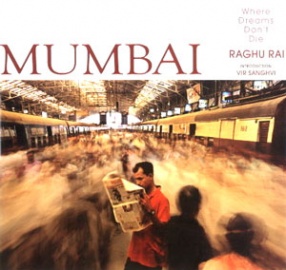

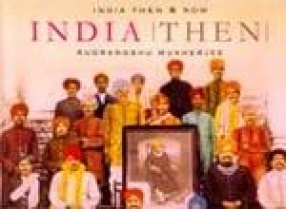
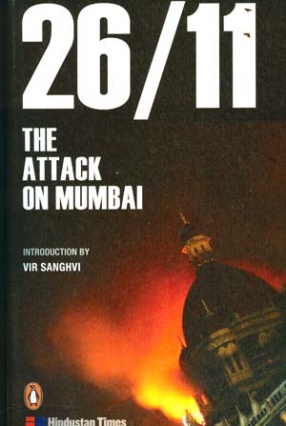

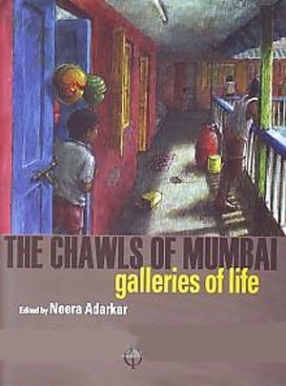


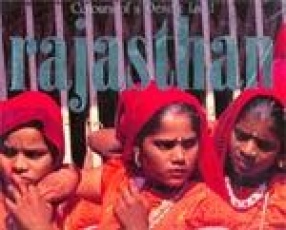

Bibliographic information
Vir Sanghvi